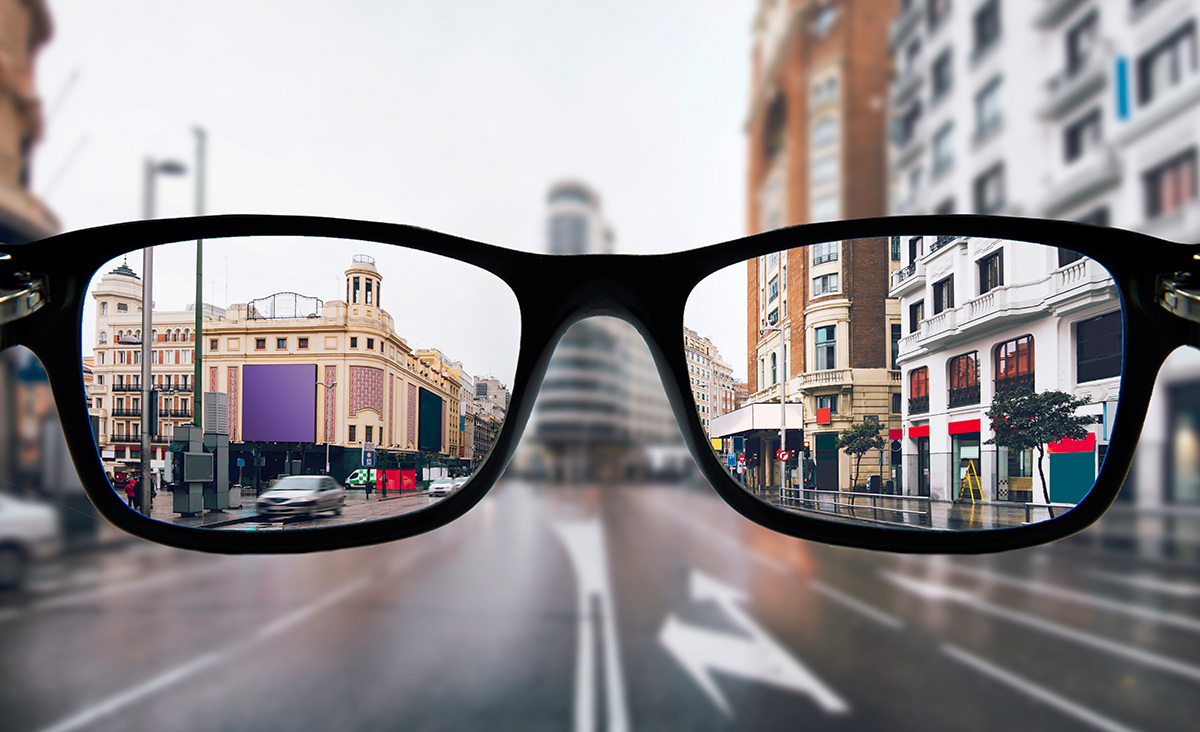Progressive Myopia
Posted on
Myopia, or nearsightedness, is a refractive error that causes vision at a distance to become blurry. It is the most common cause of impaired vision in people under the age of 40.
People with myopia have difficulty seeing distant objects, like road signs, clearly. They usually have better vision during near tasks, such as reading and computer use. This is why myopia is often called nearsightedness.
Myopia usually begins in childhood, but it can continue to worsen into early adulthood. This is called myopia progression.
Almost half of children with progressive myopia reach a stable prescription by age 15. About three-quarters stabilize by age 18, and almost all stabilize by age 24. However, myopia can progress rapidly to become high myopia without proper management. High myopia can lead to sight-threatening complications in adulthood, such as an increased risk for retinal detachments.
Early myopia detection and intervention are key in slowing myopia progression. But many kids who are nearsighted won’t have obvious signs and won’t complain of symptoms. If their distance vision has always been blurry, they may not realize anyone else’s is clearer.
This is just one reason why yearly eye exams are so important for your children, even if you haven’t noticed any signs of myopia or other vision problems. If you have more questions or are concerned about the health of your eyes, please contact us at https://eyeqvc.com/contact-us/.
